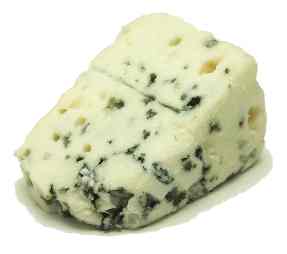The common name is fungi, and so is the scientific name. A fungus is any organism that gets its food by absorbing nutrients from and breaking down the bodies of dead/dying plants or animals. They suck up food from tiny threads called hyphae. This means they’re decomposers, or heterotrophs. They reproduce by letting out spores, light reproductive cells that can grow into new fungi. Most fungi are multicellular, but yeast is unicellular. Fungi are eukaryotic.
Species of Fungi
One organism in the fungi kingdom is yeast. Its scientific name is Ascomycota. Yeast is a single celled fungi that grows in wet places. They’re in the fungi kingdom because they reproduce with spores and use hyphae to get food.
Interesting Facts:
1. Yeast can grow on human skin, plant sap, animal tissue, and even shower curtains!
2. Yeast helps bread rise by breaking down sugar.
3. Yeast can cause disease if it grows too fast.
Species of Fungi
One organism in the fungi kingdom is yeast. Its scientific name is Ascomycota. Yeast is a single celled fungi that grows in wet places. They’re in the fungi kingdom because they reproduce with spores and use hyphae to get food.

Interesting Facts:
1. Yeast can grow on human skin, plant sap, animal tissue, and even shower curtains!
2. Yeast helps bread rise by breaking down sugar.
3. Yeast can cause disease if it grows too fast.
Another organism is mold. Its scientific name is Zygomycota. On food, mold’s hyphae grow into food, digesting it to grow. Mold can also cause disease, such as athlete’s foot or Dutch elm disease. Mold is in the fungi kingdom because it reproduces with spores and uses hyphae to get food. 
Interesting Facts:
1. Molds can be used for treating disease. Penicillin is a medicine from the Penicillium fungus. It is used to fight pneumonia.
2. The hat thrower mold grows in animal droppings. It has a cap that holds spores in. When it gets enough water, the cap shoots off and sends spores in to the air. The spore cap can be shot up to two meters!
3. Trichoderma mold’s digestive chemicals are used to blue wash jeans.
Bibliography:
All info: The Diversity of Living Things

Interesting Facts:
1. Molds can be used for treating disease. Penicillin is a medicine from the Penicillium fungus. It is used to fight pneumonia.
2. The hat thrower mold grows in animal droppings. It has a cap that holds spores in. When it gets enough water, the cap shoots off and sends spores in to the air. The spore cap can be shot up to two meters!
3. Trichoderma mold’s digestive chemicals are used to blue wash jeans.
Bibliography:
All info: The Diversity of Living Things
Yeast pic: http://www.foodsubs.com/Photos/yeast-dry.jpg
No comments:
Post a Comment